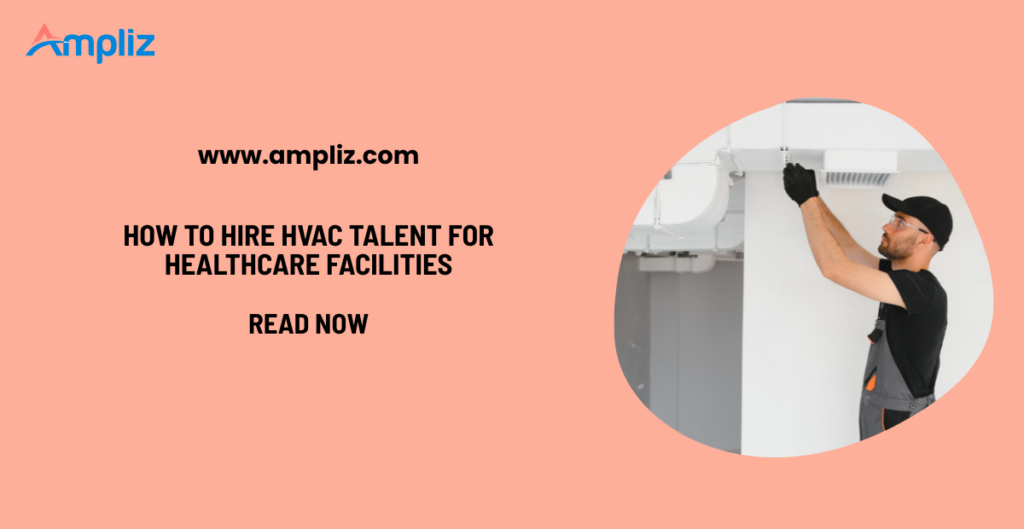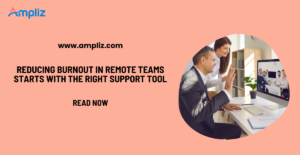Healthcare facilities operate under constraints that most buildings never face. A single HVAC failure in an isolation room can compromise patient safety. A malfunctioning air handling unit in an operating theater can halt surgeries. The stakes are clinical, not just operational, which means hiring HVAC talent for healthcare environments requires a fundamentally different approach than staffing a commercial office tower.
Map Competencies to Clinical Environments First
Start by defining what success looks like in your specific healthcare context. An HVAC technician maintaining a standard office building needs basic mechanical skills and troubleshooting ability. Your healthcare facility needs someone who understands that isolation rooms require a minimum of 12 air changes per hour with precise negative pressure differentials. They need to grasp why operating rooms demand positive pressure environments and why contamination control isn’t just a maintenance issue but a patient safety imperative.
Build your competency framework around the ANSI/ASHRAE/ASHE Standard 170 requirements. Document the specific room types in your facility, from airborne infection isolation rooms to surgical suites to neonatal intensive care units. Each environment has distinct pressure relationships, filtration requirements, and monitoring protocols.
Your hiring criteria should reflect these technical realities rather than generic HVAC skills. When you know exactly what competencies protect air quality and compliance in your facility, you can screen candidates against measurable standards instead of hoping their residential or commercial background translates.
Build Partnerships with Vocational Programs That Emphasize Healthcare Applications
Most community colleges and technical schools offer HVAC programs, but few tailor curriculum to healthcare environments. Identify institutions that incorporate hospital-grade HEPA filtration systems, building automation controls for medical facilities, and infection control protocols into their training. When you find programs that include a hands-on HVAC training program specifically designed around healthcare scenarios, you’ve discovered a talent pipeline worth investing in.
Approach these partnerships strategically. Offer facility tours that show students the complexity of medical HVAC systems. Provide guest lectures from your senior technicians who can explain real-world isolation room failures and how they resolved them. Consider hosting capstone projects where students design solutions for actual challenges in your facility.
The goal isn’t charity but creating a steady stream of graduates who understand healthcare HVAC before their first day of employment. These relationships often yield candidates who are already mentally prepared for the rigorous standards you maintain.
Create Tiered Entry Points Through Apprenticeships
The HVAC talent shortage has created a seller’s market where experienced technicians command premium salaries and multiple offers. Rather than competing only for scarce senior talent, build your own pipeline through structured apprenticeship models.
Design a three-year progression that starts candidates with basic preventive maintenance under supervision, advances them to component-level repairs, and culminates with independent troubleshooting authority on critical systems.
This approach requires investment. You need dedicated senior technicians willing to mentor, documented training modules for each competency level, and assessment protocols that verify skill acquisition before advancement. But the payoff is substantial.
Target APAC Markets for Remote Engineering Support and Project Management
Healthcare systems with multi-site portfolios across Asia-Pacific regions face unique staffing challenges. Time zones, regulatory variations, and local labor markets create complexity that traditional hiring approaches struggle to address. Consider a hybrid model where hands-on technicians work locally while engineering support, compliance documentation, and preventive maintenance planning operate from centralized hubs.
Singapore and Australia have developed robust healthcare HVAC expertise due to stringent building codes and advanced medical infrastructure. Malaysia and Thailand are emerging as sources for technically trained talent with strong English proficiency.
When hiring for remote roles in APAC markets, prioritize candidates with experience in multi-country healthcare operations who understand both regional standards and international best practices.
Emphasize Smart Controls and IoT Competencies in Job Descriptions
Healthcare HVAC has evolved beyond mechanical aptitude. Modern facilities run on building automation systems that integrate thousands of sensors, real-time monitoring platforms, and predictive maintenance algorithms. Your job descriptions should explicitly require experience with BACnet protocols, Niagara frameworks, or similar building management systems commonly deployed in healthcare environments.
Don’t assume candidates with traditional HVAC backgrounds understand these digital systems. Screen specifically for troubleshooting skills in network-connected equipment, data interpretation capabilities, and comfort working with IT departments.
The technician who can diagnose whether an isolation room pressure problem stems from a damper actuator failure or a BAS programming error is exponentially more valuable than someone limited to mechanical fixes. As healthcare facilities adopt increasingly sophisticated environmental controls, digital literacy becomes as critical as wrench-turning ability.
Develop Detailed Candidate Personas Based on Care Environments
Generic HVAC technician job postings attract generic applications. Instead, create candidate personas tailored to your facility’s specific needs. A critical care hospital requires technicians comfortable with high-stakes environments where system failures have immediate clinical consequences.
An outpatient surgical center needs someone meticulous about pre-operative environment verification. A long-term care facility values consistency and relationship-building with nursing staff who depend on stable environmental conditions for vulnerable populations.
Map these personas to sourcing strategies. Critical care technicians might come from industrial backgrounds where unplanned downtime costs millions per hour. Surgical center candidates might transition from pharmaceutical clean rooms where contamination control is paramount.
Long-term care technicians might value work-life balance and community connection over maximum compensation. When your outreach messages speak directly to what motivates different candidate types, response rates improve dramatically.
Leverage Niche Outreach Channels Beyond General Job Boards
LinkedIn and Indeed reach broad audiences but bury healthcare-specific HVAC roles among thousands of generic postings. Identify where your target candidates actually congregate. ASHRAE local chapters host monthly meetings attended by the exact technicians and engineers who understand healthcare requirements. American Society for Health Care Engineering conferences attract facility managers actively seeking new opportunities or monitoring market trends.
Join specialized online communities where healthcare facility professionals discuss technical challenges. Participate authentically in these forums, answering questions and sharing insights rather than spamming job links.
When you establish credibility as a knowledgeable employer who understands the complexities of medical HVAC, candidates reach out to you. Regional trade schools often maintain alumni networks that can connect you with graduates now working in adjacent industries who might consider transitioning to healthcare for the right opportunity.
Structure Compensation Around Certification Pathways and Specialization
Healthcare HVAC demands credentials that general commercial work doesn’t require. EPA Section 608 certification for refrigerant handling is standard, but consider incentivizing NEBB certification for air and hydronic system testing. Offer premium pay for technicians who complete ASHE certification programs demonstrating healthcare-specific competency. Create clear compensation tiers linked to skill acquisition rather than just tenure.
This approach accomplishes two goals simultaneously. It attracts candidates motivated by professional development rather than just collecting a paycheck. And it ensures your team continuously upgrades capabilities as regulations evolve and systems become more complex.
When technicians know that earning their Healthcare Facilities Management certification translates directly to a defined pay increase, they invest their time accordingly. You’re not just filling positions but building a workforce that stays current with industry standards.
Implement Practical Skills Assessments During Interviews
Resumes and certifications verify basic qualifications but reveal little about real-world problem-solving ability. Develop scenario-based assessments that simulate actual challenges in your facility. Present candidates with a building automation system dashboard showing an isolation room that’s lost negative pressure.
Ask them to walk through their diagnostic process, explaining what data they’d examine first, what physical inspections they’d conduct, and how they’d communicate with clinical staff during the investigation.
These assessments surface critical thinking and communication skills that paper credentials miss. The candidate who immediately asks about patient occupancy and coordinates with infection control demonstrates healthcare awareness that pure technical knowledge doesn’t capture.
Consider bringing finalists on-site for half-day working interviews where they shadow your senior technicians and handle actual service calls under supervision. The investment in time pays dividends in hiring accuracy.
Endnote
Healthcare facilities can’t afford mediocre HVAC talent. The systems your technicians maintain directly impact patient outcomes, regulatory compliance, and operational continuity. The investment in getting this right compounds over time as your team develops the expertise to handle increasingly complex healthcare environments with confidence.


